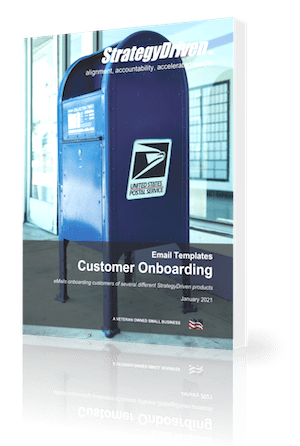Your Guide to Transitioning to Remote Working in a New Job Role
The ongoing shift toward remote work has reshaped the traditional workplace, introducing both challenges and opportunities for professionals starting new roles. Transitioning into a new job remotely requires not only adapting to a new position but also integrating into a team and company culture without the usual face-to-face interactions. This article explores some comprehensive strategies to navigate these changes effectively, ensuring a smooth and successful adaptation to your new remote role.
Understand the New Role and Expectations
- Clear Understanding of Job Responsibilities: Gain a thorough understanding of your job duties and expectations right from the start. Request detailed documents such as job descriptions, performance metrics, and any relevant project briefs from your manager. This foundational knowledge is crucial for aligning your work with the company’s objectives.
- Align on Communication and Reporting: Determine how and when you’re expected to communicate your progress or challenges. Establishing whether the preference is for emails, instant messaging, video calls, or a combination of all three will help you to integrate more effectively with the existing workflows.=
Establish a Productive Workspace
- Designate a Dedicated Work Area: Set up a workspace that promotes focus and productivity. Having a dedicated area helps to mentally separate work you’re your personal life, minimizing distractions and establishing a professional routine. Ensure that your workspace is ergonomically supportive, with comfortable seating and proper lighting to facilitate long hours of work.
- Equip it with the Necessary Technology: Make sure you have all the technological tools you need to perform your job efficiently. This includes not only a reliable internet connection but also any necessary software, adequate hardware like laptops or monitors, and accessories such as headphones for virtual meetings. Get acquainted with the company’s preferred platforms for collaboration and project management.
Foster Effective Communication
- Overcommunicate Initially: In remote settings, it’s advisable to err on the side of overcommunication. Keeping your team and manager updated about your tasks and projects helps to maintain transparency and builds trust.
- Schedule Regular Check-ins: Organize regular check-ins with both your supervisor and your teammates. These can range from formal progress meetings to informal virtual coffee chats. Consistent communication will help you stay connected with your team and be aware of any changes or updates.
Build and Maintain Relationships
- Proactively Engage with Colleagues: Take proactive steps to get to know your colleagues. Understand their roles and contributions and share your own experiences and skills. Participating in virtual team-building activities can facilitate a sense of community and teamwork.
- Seek a Mentor or Buddy: Request a mentor or a buddy from within the company who can guide you through your initial months. This person can provide insights into company processes, culture, and unspoken norms, which are often challenging to grasp in a remote environment. Furthermore, look online for key remote work tips to equip you with all the right tools.
Adapt to the Company Culture
- Understand the Culture: Make an effort to understand and adapt to the company’s culture. Engage fully in all available onboarding and training sessions, and observe the communication styles and work ethics that define the organization.
- Emulate Inclusive Practices: In a remote setting, inclusivity becomes even more crucial. Be considerate of different time zones and diverse communication styles and preferences, ensuring all team members feel included and valued.
Develop Time Management Skills
- Structure Your Day: The absence of a physical office environment can blur the lines between work and personal life. Establish a structured daily schedule that includes a clear start and end time, as well as designated breaks for rest and meals.
- Use Technology to Stay Organized: Utilize digital tools to keep your tasks and projects organized. Calendar apps, task management software, and digital reminders can play a crucial role in helping you to manage your time effectively and meet deadlines.
Embrace Continuous Learning
- Continuous Learning and Development: Adapt to your new role by engaging in ongoing learning. This can involve industry-specific training, software tutorials, or broader skill development such as project management or leadership skills. Continuous learning not only helps you to stay current but also enriches your professional profile.
- Seek Feedback Proactively: Regularly ask for feedback on your performance, especially in the first few months. This can guide your learning process and help you to quickly correct course where necessary, ensuring that you meet or exceed expectations in your new role.
Conclusion
Transitioning to a new job in a remote environment can initially seem daunting. However, by setting clear expectations, creating an effective workspace, fostering strong communication and relationships, embracing company culture, and maintaining a commitment to continuous improvement and learning, you can successfully navigate this change. Maintaining flexibility and a willingness to adapt to new situations will allow you to thrive in your remote role and make significant contributions to your team.












Leave a Reply
Want to join the discussion?Feel free to contribute!